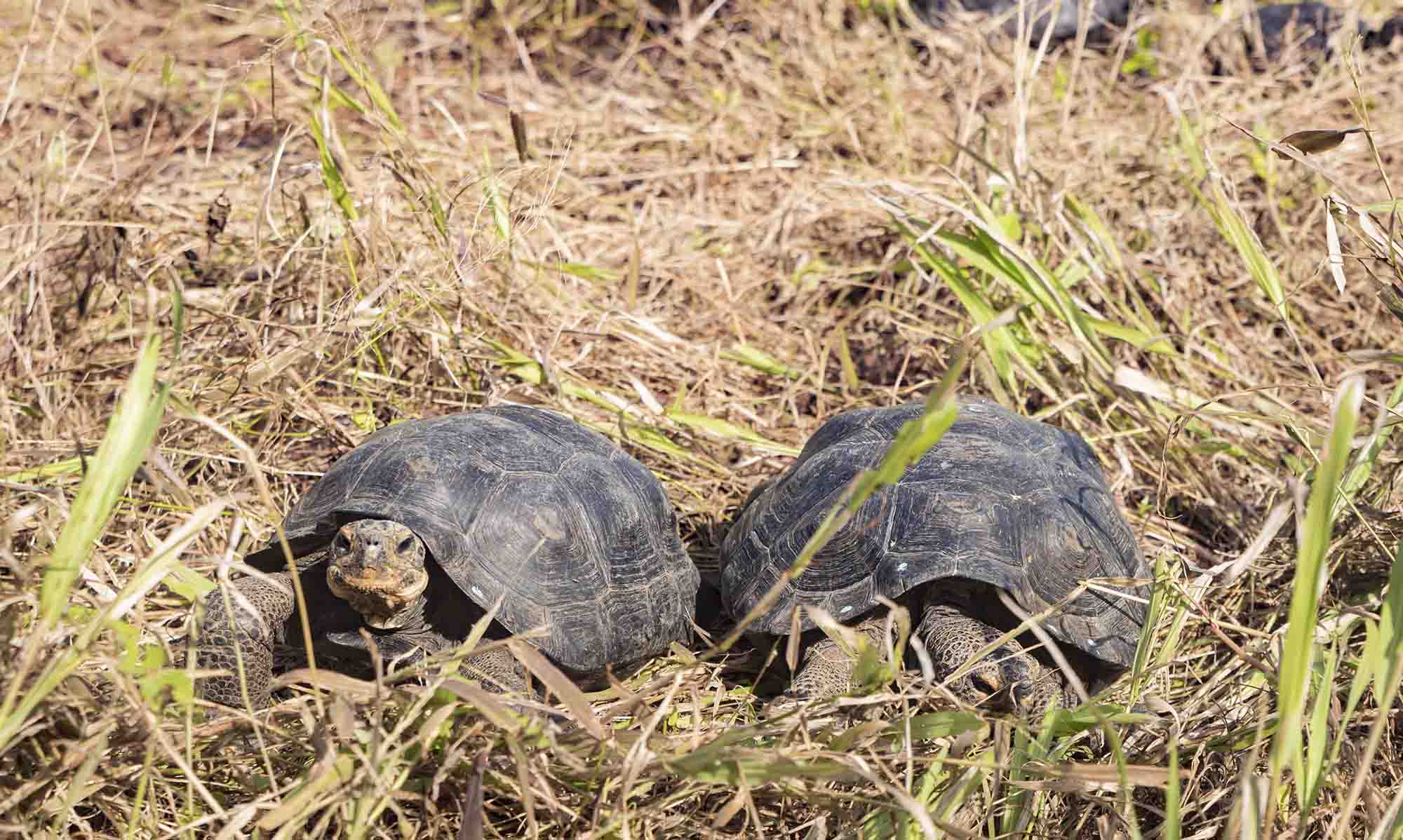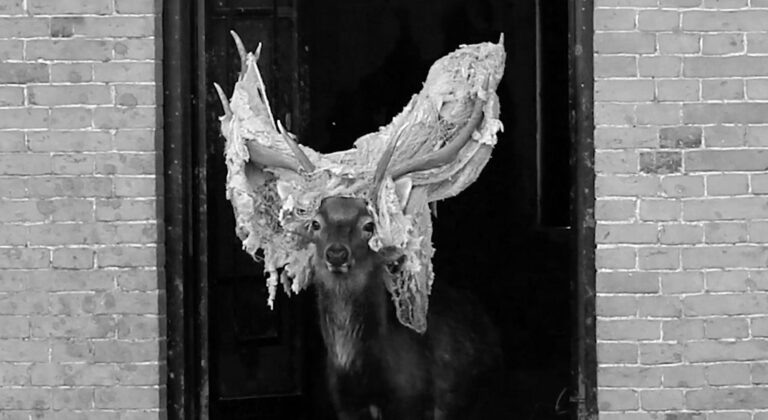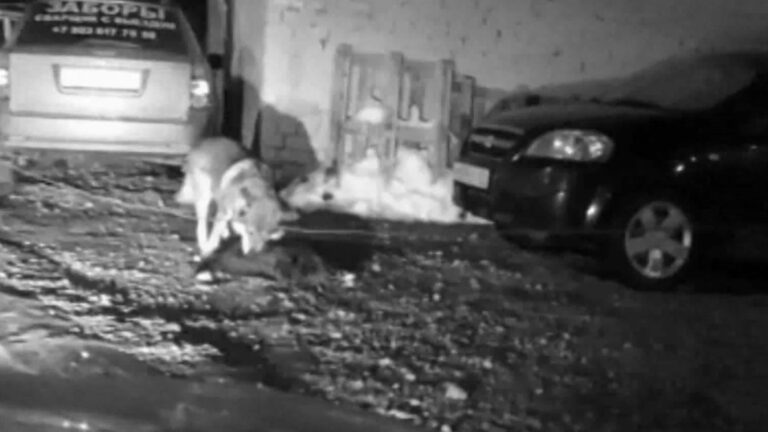This heartwarming footage shows how conservationists released 86 young giant tortoises bred in captivity into their natural habitat in the Galapagos Islands.
The Galapagos giant tortoise (Chelonoidis niger) is the largest living species of tortoise, with some specimens weighing up to 417 kilogrammes (919 lb).
Its 13 extant subspecies are classified by the International Union for Conservation of Nature (IUCN) from “extinct in the wild” to “vulnerable”.
The recently-released specimens were bred in captivity on Santa Cruz Island and introduced on Espanola Island after they reached five years old.
They belong to the Hood Island giant tortoise (Chelonoidis niger hoodensis) subspecies and are listed by the IUCN as “critically endangered”.
The Galapagos National Park, Ecuador, said in a statement obtained by Newsflash: “The Galapagos National Park Directorate, in conjunction with Galapagos Conservancy, released 86 hatchlings of the Chelonoidis hoodensis species from Espanola Island, aged between five and six years, into their natural habitat. The specimens were from the breeding and rearing centre in captivity on Santa Cruz Island.
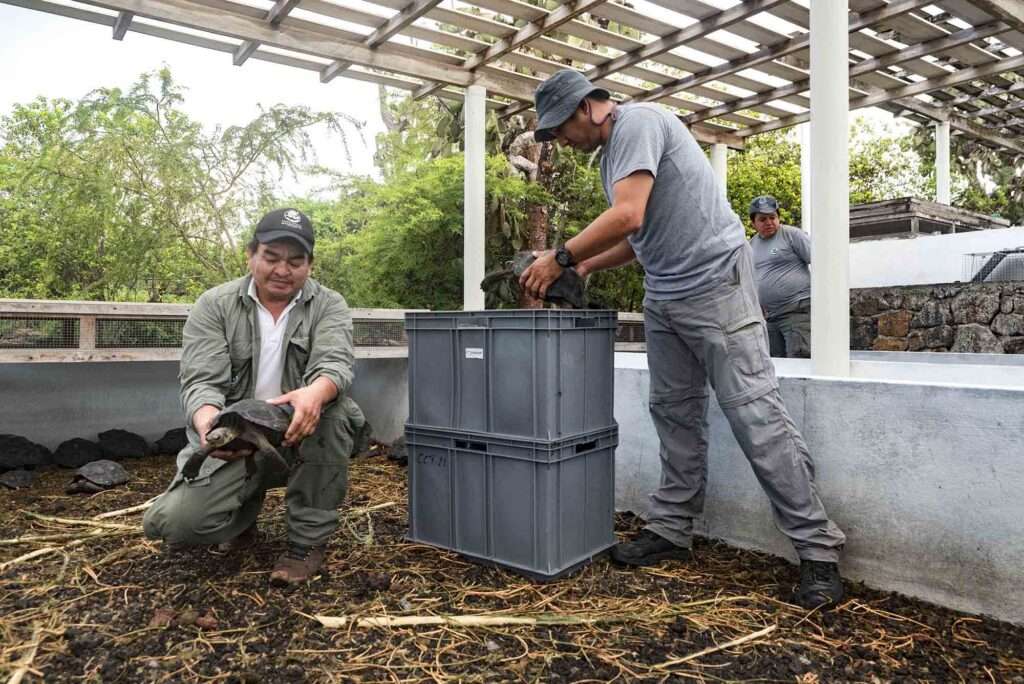
“These tortoises were part of the captive breeding programme for the Espanola Island species, which was closed in 2021. They have now reached the ideal morphometric measurements to be safely incorporated into the ecosystem of the island. Prior to repatriation, they underwent an extended quarantine process, internal and external deworming, and each one was given an identification microchip. They were then transported by helicopter to the south-central part of Espanola with the purpose of accelerating their dispersion through the tortoises’ living area so that they can fulfil their role in the environment.”
Danny Rueda Cordova, director of the Galapagos National Park, said: “The conservation efforts implemented by the National Government, in synergy with our strategic allies, have been fundamental to carry out successful ecological restoration programmes like this one, which has been a work of more than five decades. This captive breeding programme, combined with the management actions implemented on the island, gives us the peace of mind that we have saved a species that would otherwise have become extinct.”
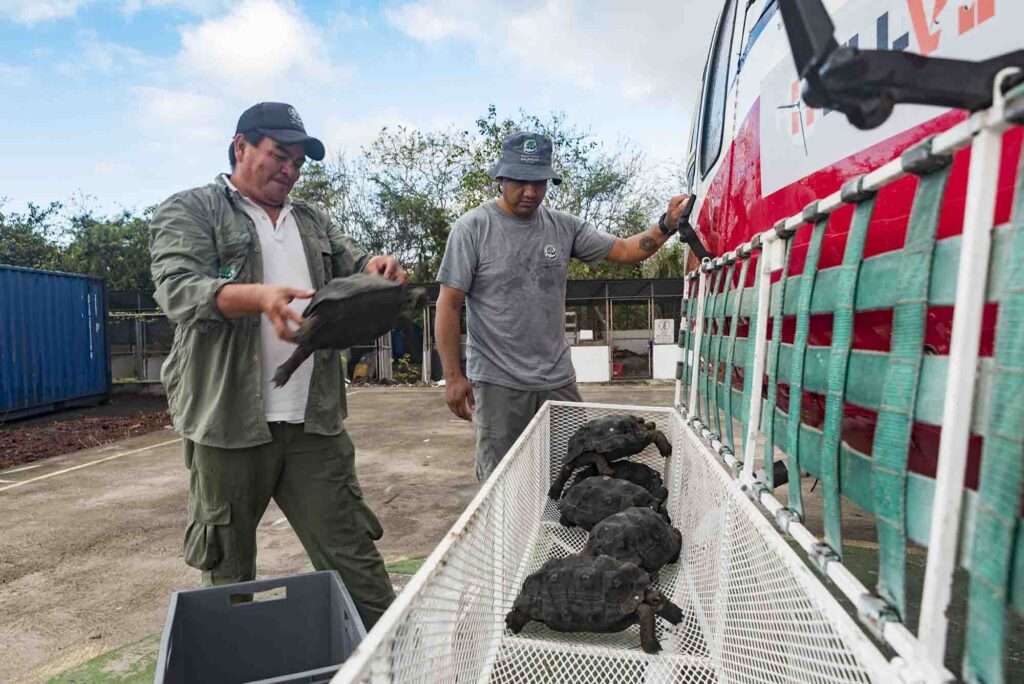
And Washington Tapia, executive director of Galapagos Conservancy, added: “The repopulation of Espanola with tortoises has been a key element in the ecological restoration process of the island, as they are the main herbivores and contribute to clearing the areas where albatrosses land when they come to the island to reproduce and nest. Although the tortoise breeding programme for this island closed in June 2021, around 267 hatchlings remained in captivity until they reached the appropriate age for repatriation. This time, 86 tortoises were released into their habitat, and we will gradually return the rest.”
The Galapagos National Park said: “The group of tortoises that have not yet reached the conditions to survive on their own in their native island will remain in the Fausto Llerena breeding centre. This programme included the famous ‘Diego’, the male tortoise that was recovered from the San Diego Zoo (USA) and became a symbol of Galapagos conservation, as it is estimated that approximately 40 per cent of the tortoise repatriated to Espanola Island are his descendants.”
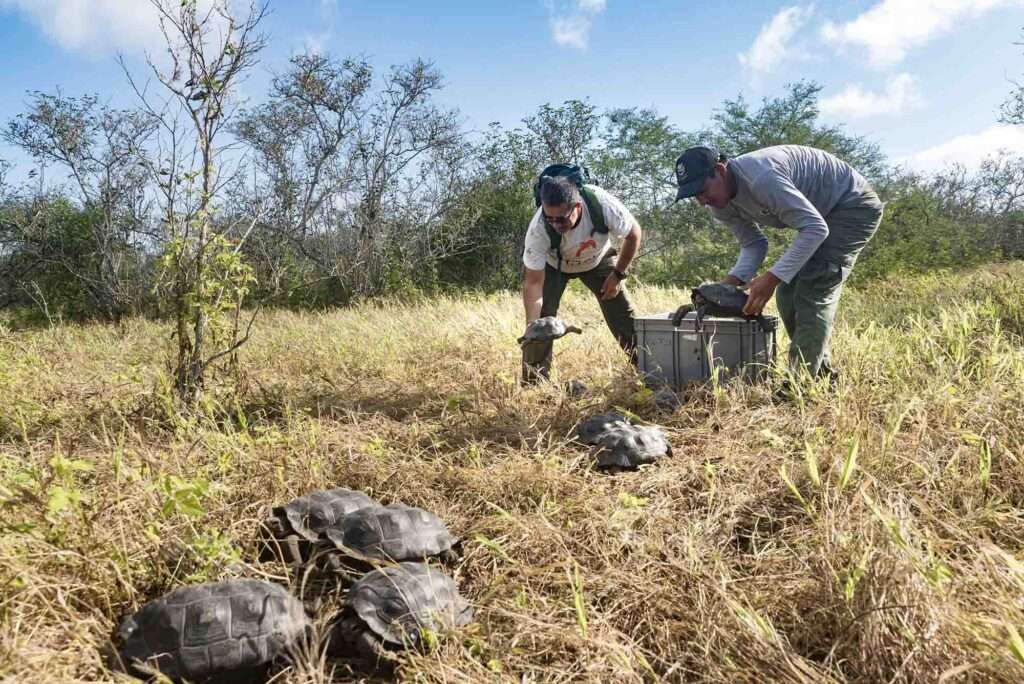
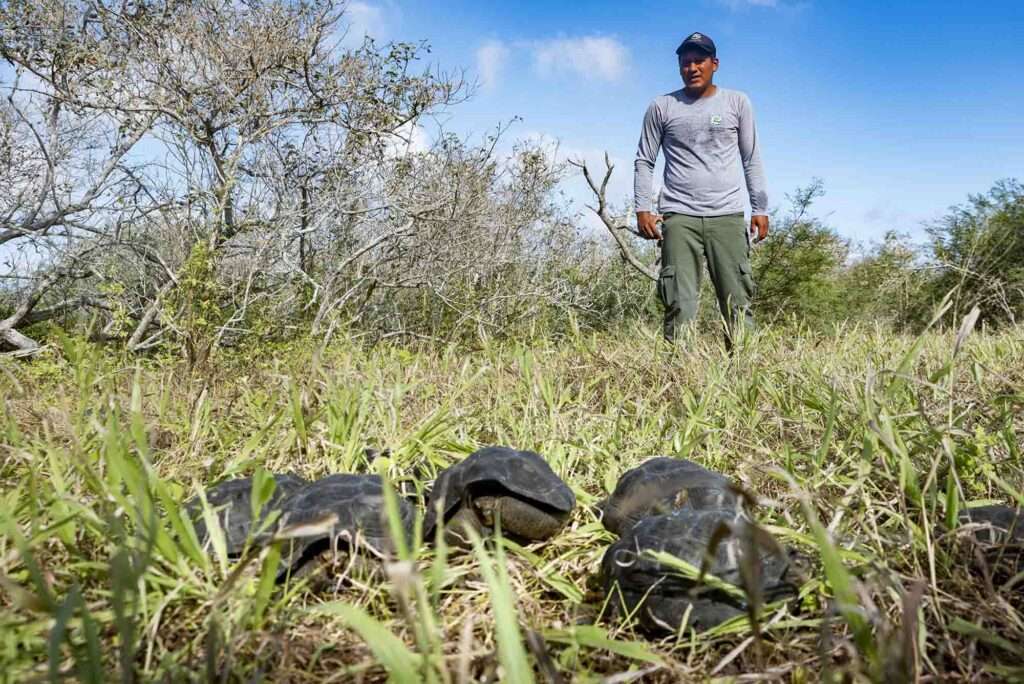
To find out more about the author, editor or agency that supplied this story – please click below.
Story By: William McGee, Sub-Editor: Marija Stojkoska, Agency: Newsflash
The Ananova page is created by and dedicated to professional, independent freelance journalists. It is a place for us to showcase our work. When our news is sold to our media partners, we will include the link here.

